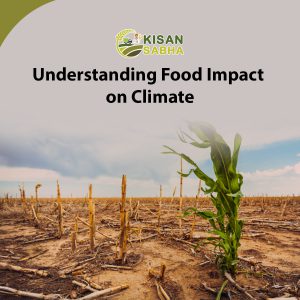The prices have gone up by Rs 10-15 per Kg in the last fortnight. And there is no respite for the Indian consumers from cooking oil price inflation. The situation is likely to remain the same for at least a month. This is despite 10% export tax reduction by Indonesia and 5% duty reduction by India.
There is an increased and additional demand for refined palm oil from India after easing the restrictions. There is also an increase in demand of palm oil by Nepal and Bangladesh due to the potential to send refined oil to India at zero duty. And whenever the demand increases, prices are bound to go up.
The price of Crude Palm oil in Mumbai has increased 4.61% in a week, 9.66% in a month and close to 72% in a year. Crude soybean oil also has become costlier by about 10% in the past fortnight.
Factors that have resulted in price hike:
- The domestic prices are basically a reflection of International prices because India imports 56% to meet its domestic demand of Edible oils. Although the Indian government announced Rs 20/ kg reduction in the price of edible oil, the international factors play an important role governing the prices of oil in India.
- As India cut the import duty the international prices went up. This leads to the sudden price rise despite the reduction in import duty. Moreover, the rupee depreciation has made imports costlier.
- The rise in prices has been attributed to hot and dry weather in Canada, Brazil, Argentina and the US. Canada is reporting 45-48 degrees temperature and there have been reports of destruction of canola crop. Brazil, Argentina and the US are also experiencing dry weather which has affected the soybean crop. In India the delayed monsoon has been a matter of concern. The planting activity has been affected due to deficient rains in the central India.\
- Another reason is the increasing no of Covid cases in Indonesia and Malaysia that led to concerns regarding palm production due to a shortage of labor.
source: https://krishijagran.com/



